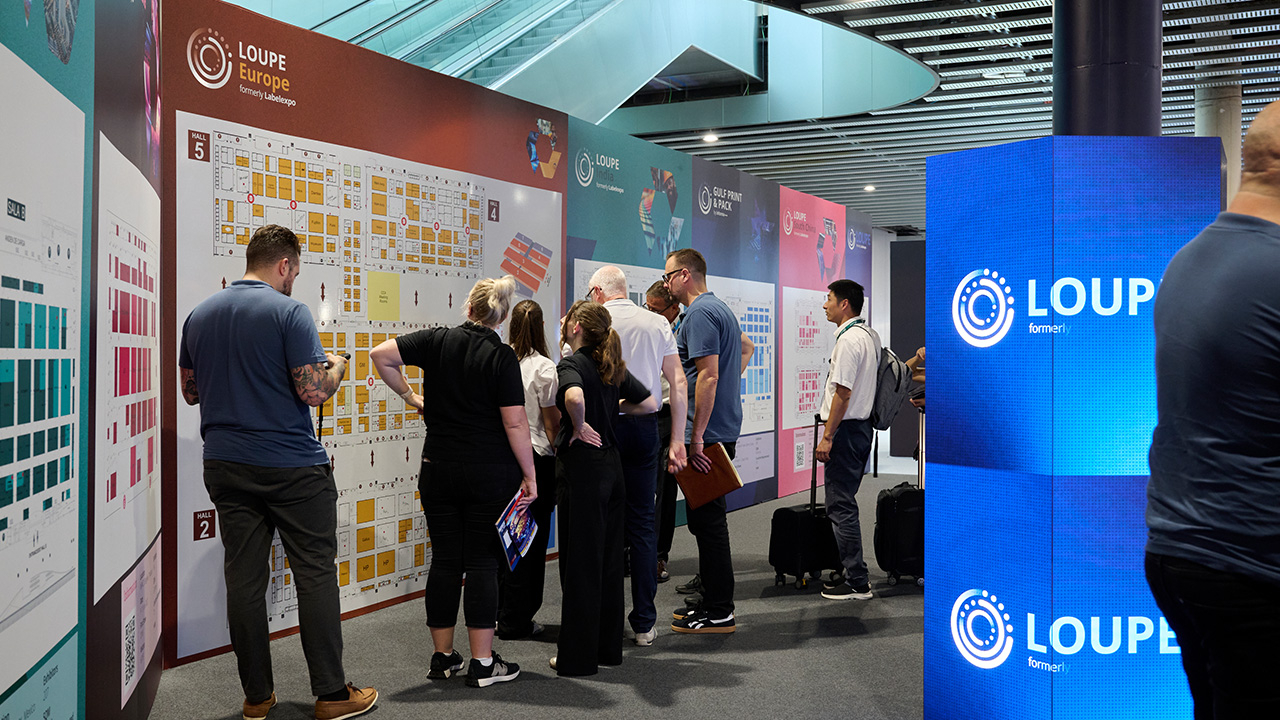What to consider when deciding on in-line or off-line production?

‘At CS we have increasingly moved away from short run digital to concentrate on providing digital solutions which invariably means that we will run jobs considerably in excess of 20,000 linear meters.
Operating in-line can substantially improve productivity but needs to be weighed up against increased wastage, and the ability of the operator to watch both print and finishing. Experience has meant that we try to avoid using in-line on tight register or multiple across the web jobs, requiring multiple sorts.
‘Although it definitely has its advantages, over 70 percent of jobs continue to be finished off-line as this ultimately this provides greater flexibility of the type of finishing required.’
Simon Smith, managing director, CS Labels
‘The highest flexibility a printer can get is with digital printing: immediate change over, runs of one, versions, etc, are now becoming standard, but a printed substrate is not the finished product. For historical reasons of overall efficiency and volume production, printing and converting were traditionally mounted in-line and even if each process required some time and effort to be set, the overall productivity ended up being acceptable.
‘With the ability for one of these process (print) to change instantly, to produce very limited quantities, and even to print one, the viability of having a non-flexible set of tools connected in-line is very questionable.
‘A few cases can be considered: 1) Where the post-printing steps are as flexible as digital printing – laser die-cutting or inkjet varnishes for labels – there is no concern as the whole machine being in-line makes sense. One pass, one operator, the product is done; 2) When the post-printing process does not need to be as variable as the print – flood varnish, same die-cut shape – finishing can be in-line. One pass, one operator, the product is done; and 3) When the print changes often and the finishing needs to change accordingly – short runs of different jobs down to one, eventually – a typical converting line/ process is not as flexible as digital printing, therefore to be in-line would penalize the whole productivity.
‘As HP Indigo, we work with converting partners to make their machines as flexible as possible to allow a viable in-line connection, and therefore fit in option 1. But the technical reality does not always allow that level of flexibility and therefore we recommend opting for a configuration that allows both. Both machines are aligned and can be connected in-line by bypassing the rewinder of the printing and the unwinder of the converting. Depending on the job, the same configuration can be used off-line. Today, this is the best of both worlds.’
Christian Menegon, worldwide business development manager, HP Indigo
‘Working in-line is the traditional way the narrow web industry has developed. But is this the most efficient configuration as run lengths come down and decoration complexity increases? The more in-line processes involved, the longer the set-up time, the longer the print units stand idle and the more waste in registering the print to the downstream processes. And the theoretical top speed of the press is reduced to that of the slowest process.
‘There are of course balancing factors. For longer runs, once the job is up and running it is easier to control; and there is less work in progress.
‘But it does seem astonishing that conventional presses have not evolved off-line finishing options. The press could run at full speed; print-only changeovers are much faster with less waste; and printed reels can be moved to different finishing units depending on the complexity of finishing required.
‘Digital, on the other hand, has evolved both as an in-line and off-line process. The benefits of finishing off-line this way on more complex, shorter run jobs are the same – potentially – as those outlined for conventional presses. So I wonder whether the off-line workflow created for digital will ever feed back to the conventional press?’
Andy Thomas-Emans, strategic director, Labels & Labeling
‘With in-line configurations, finishing runs the risk of becoming the bottleneck. When built together, it’s always the weakest link that impacts the production speed. You might also be putting technologies together that are not compatible. Suppliers often talk about the benefits of being in-line, particularly automation and productivity. They should think twice, as that is not always true. Now, you run flexo and finishing off-line. Why? Because when you start and stop, you ruin the print. This issue is not solved by going in-line. When you stop printing, you ruin the print quality.’
Bjarke Nielsen Founder and CTO, Refine Finishing
This piece was first published in Labels & Labeling issue 2, 2019.
Stay up to date
Subscribe to the free Label News newsletter and receive the latest content every week. We'll never share your email address.


